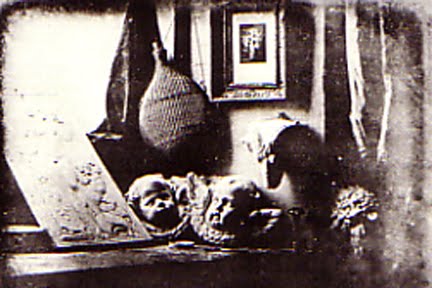
Still Life in the artist’s studio |
|
Louis Jacques Mandé DAGUERRE1837First daguerrotype, silver plated sheet of copper, exposed to light and mercury |
| |

The Open Door |
|
William Henry Fox TALBOT 1844-46reproduced in The Pencil of Naturecalotype, v clear compared to 1st daguerrotype |
| |

Dawn and Sunset |
|
Henry Peach ROBINSONAlbumen combination print from three negatives1885, v stylized/pictorial, put together how he wants it, like a painting, symbol of light, placement, beginning and end of day-birth and death, proponent of photography as fine art, v popular w/ victorian public |
| |

Phantoms on a Paris Street Corner
|
|
Eugene ATGETc. 1900, they were moving so the effect is like that |
| |
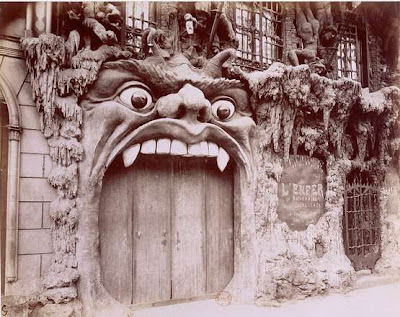
Cabaret of Hell, blvd de Clichy |
|
Eugene ATGET 1910, northern part of city, shot is angled, not what you think is in paris, it's so refined, sophisticated, cabaret is something you find at a cheesy fair |
| |

avenue des Gobelins, Paris |
|
Eugene ATGET1925, mannequins, wealth of social class, can see across street, commercialization of city, we've become mannequins to consumerism |
| |
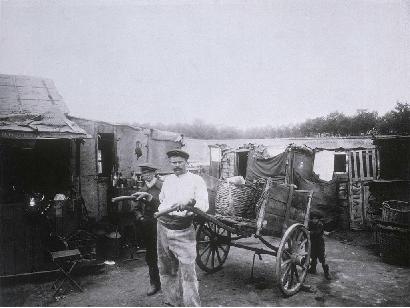
Ragpickers, Poterne desPeupliers |
|
atget 1913, at border of paris, low class, not staged, takes a few min to expose. documentary style, feel part of photo |
| |
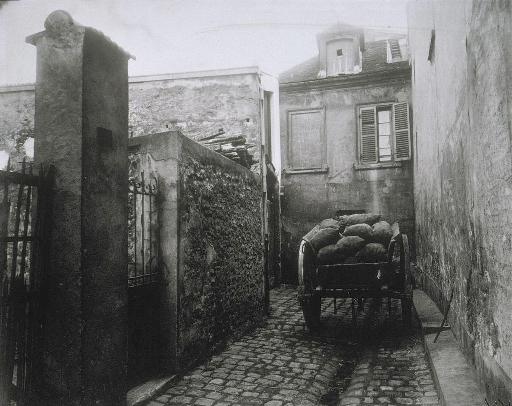
Samson Chatillon blind alleyway
|
|
Eugene ATGET1922, cart left but no one, typical of his photos, void of ppl, quiet paris, empty, abandoned |
| |

Prostitute, Paris |
|
Eugene ATGET1920, commissioned, lots of pics, she's more seductive, dynamic, ground not flat, she doesn't care she's a prostitute |
| |
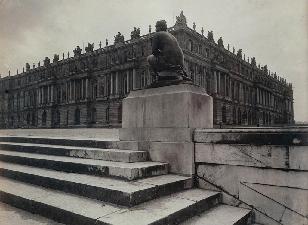
Chaste Venus, Versailles
|
|
Eugene ATGET1922-23 |
| |
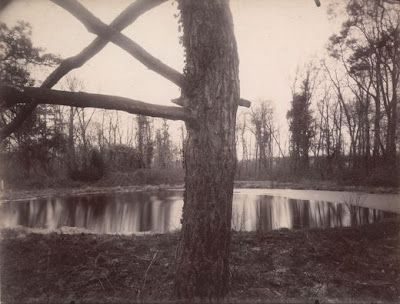
Parc de Sceaux
|
|
Eugene ATGET1925, tree trunk obstructs view of lake, different textures, v open, more nature |
| |
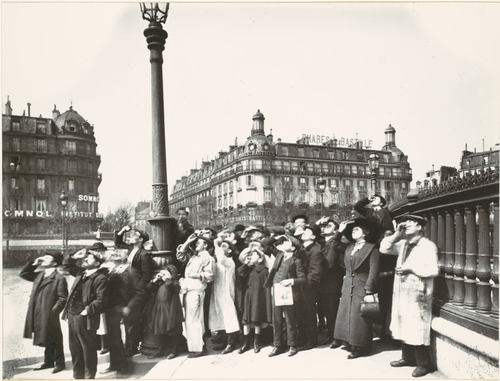
Watching an Eclipse, Place de la Bastille, Paris
|
|
Eugene ATGETApril 17, 1912, all transfixed at sky, doesn't view self as artist, doesn't want credit on cover of surrealist magazine w/ this photo |
| |

Paula, or Sun Rays,
|
|
Alfred STIEGLITZ Berlin1889, personal vision of a person writing on a table in bands of
light and shadow, STIEGLITZ had enormous skill because it was difficult to achieve this kind
contrast and clarity |
| |
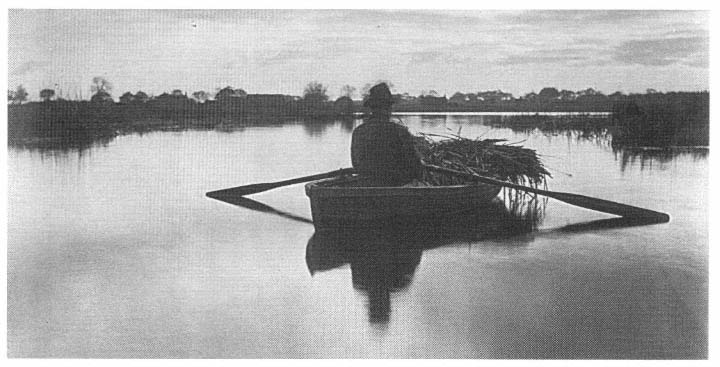
Rowing Home the Schoof-Stuff, from album Pictures of East Anglian Life |
|
Peter Henry EMERSON 1888, photogravure, advocated the photography that capture the integrity
- to put
the camera slightly out of focus and make image slightly blurred to mimic human
vision
-
advocated certain type of printing process that achieved a Impressionistic
style
·
advocated platinum print
·
gum bichromate - they allowed the artist to
produce soft blurred tones
·
photogravure - copper plate that is covered with
light-sensitive gelatin
|
| |
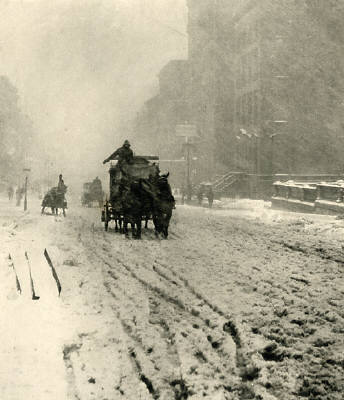
Winter on Fifth Avenue
|
|
Alfred STIEGLITZ photogravure 1893, waited 3 hrs for perfect shot, “success and hand camera work depends on patience”
- image
was cropped |
| |

The Net Mender
|
|
Alfred STIEGLITZ 1894, v impressionistic, theme of painting rather than photograph, most popular photo in 1894 |
| |
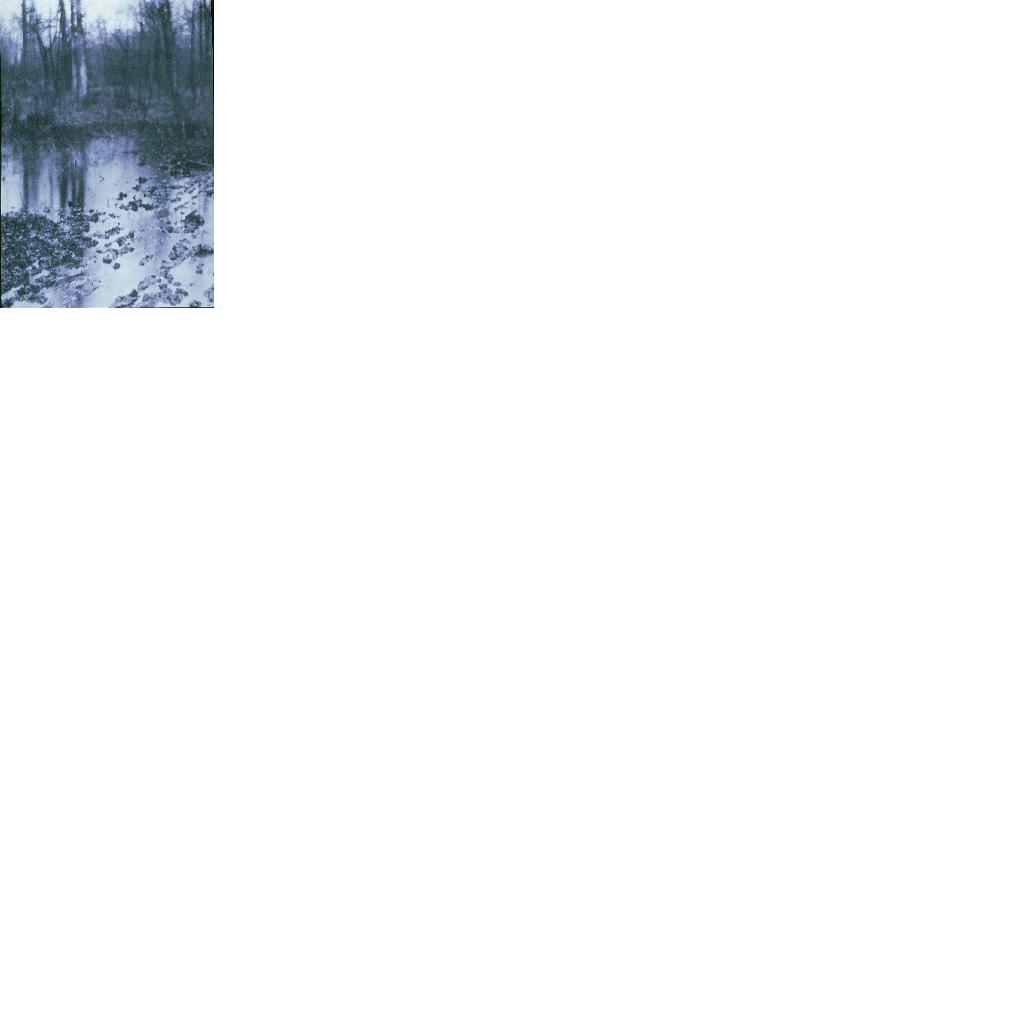
The Pool-Evening
|
|
Edward STEICHEN1899 platinum print, like a monet painting, |
| |
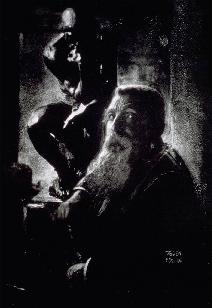
Rodin and “The Thinker”
|
|
Edward STEICHENGum-bichromate print1902, his favorite photo |
| |

The Steerage
|
|
Alfred STIEGLITZphotogravure 1907, reflects how he views life |
| |

Equivalent |
|
Alfred STIEGLITZ. 1926, how image can embody emotions |
| |

Evening, New York
|
|
Alfred STIEGLITZ1931 |
| |

Portrait of Georgia O’Keeffe
|
|
ALFRED STIEGLITZ1922 |
| |
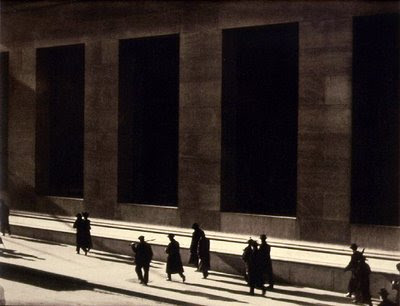
Wall Street, New York
|
|
Paul Strand, appears in camera work w/ no caption-elevates photo, focus on it, lines lead to outside photo, v geometric, building dwarfs over ppl, identities reduced, 1915 |
| |

The Sandwich Man
|
|
Paul STRAND, sign doesn't label him as mcuh, can't read whole thing, gives bare minimum info, don't sympathize, documentary, he's no diff from building, could've put on wall, imprisoned by sign 1916 |
| |

White Picket Fence
|
|
Paul STRAND 1917, direct, pure, devoid of trickery, honesty is pre-req of photo |
| |
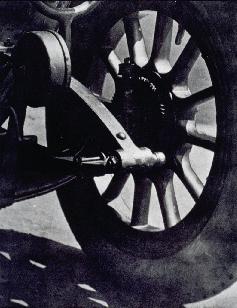
Wheel Organization
|
|
Paul STRAND 1917 industrial, mechanical, wwi v industrial, no emotion, interested in function |
| |
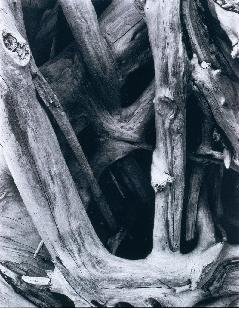
Driftwood
|
|
Paul STRAND 1928, gnarled, emphasis on form, organic, no trickery |
| |
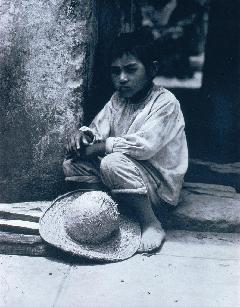
Boy, Tenancino, Mexico
|
|
Paul STRAND1933, interested in poverty, social concerns, makes documentaries in '30s-40s |
| |

Pears and an Apple
|
|
Edward STEICHEN1920, mass and volume, v mundane subject, light technique, long exposure, better sense of tehir weights |
| |
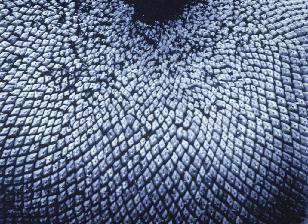
Sunflower in Seed
|
|
Edward STEICHEN1920, v detailed, patterned |
| |

Portrait of Greta Garbo
|
|
Edward STEICHEN1928, most famous, hands hold back hair |
| |
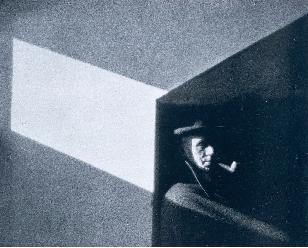
Portrait of Johan Hagemeyer
|
|
Edward WESTON1922, influenced him, dutch, reduced subject to portion of photo, lots of empty space, geometric lines, |
| |

Pepper no. 30
|
|
Edward WESTON, f/641930, rhythm, form, detail imp, v gnarled, interest in single object, v close, waxy texture, focus on highlights |
| |

Boxer’s Hands
|
|
Willard van DYKE1932, f/64 founding member, strict aesthetic of pure photo, detailed, attention to hands, |
| |

Leaf Pattern
|
|
Imogen CUNNINGHAMbefore 1929, close up, detailed, patterned |
| |

agave |
|
Imogen CUNNINGHAMc. 1920, focus on natural landscape, sharp, |
| |
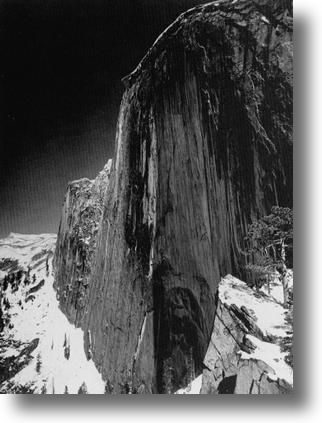
Monolith, the Face of theHalf-Dome, YosemiteNational Park |
|
Ansel ADAMS1927, visual diary, hobby, gets v famous, helped w/ patron albert bender, work shown @ Stieglitz's gallery |
| |

Lake Cliffs, Kaweah Gap, Sierra Nevada
|
|
Ansel ADAMSc. 1932, light and shadow |
| |
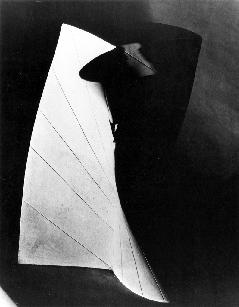
Mathematical Form
|
|
Henry SWIFTc. 1931, stockbroker, photo is hobby, pattern, shadow and light, hard to tell what it is, geometric, captures organic form through curvature, v posed |
| |
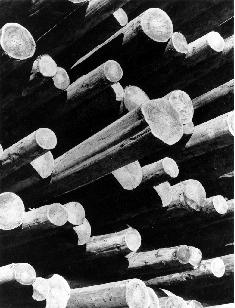
piling |
|
John Paul EDWARDSc. 1932, founding member, takes entire space of photo, no surrounding context, v textural, circles and lines, geometric, repetitive |
| |
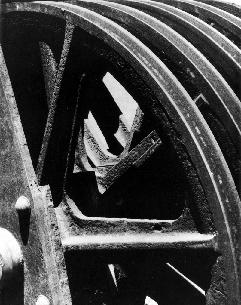
Study of Wheels
|
|
John Paul EDWARDSc. 1932, vs strand's wheel organization: close shots, strand is full wheel while edwards is fragment, looking at parts that make it a wheel not full wheel, formal quality, shape of wheels not function of them |
| |
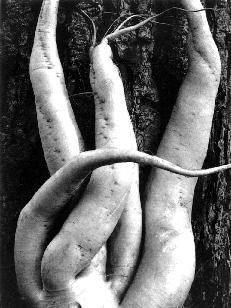
White Radish
|
|
Sonya NOSKOWIAK1932, looks like body parts, alien-like, evocative of body |
| |

One Nation, Indivisible, San Francisco,CA |
|
dorothea lange 1942, before internment, doing what she is told to do, looks scared |
| |

The Tramp fromHow the Other Half Lives |
|
Jacob RIIS1890, Riis would explain in his slideshow what happened when he took the photo, offered him 15 cents to pose |
| |

in the Poverty Gap, an English Coal-Heaver’s HomeFrom How the Other Half Lives |
|
Jacob RIIS. 1890, Riis is uncovering a murder which leads him to this apartment, they are doomed by poverty, uninterested in the murder that happened the floor below them, his narrative overpowers peoples’ opinions of the photos |
| |

Young Russian Jewess at Ellis Island
|
|
Lewis HINE1905, posed and straight, she’s distant, isolated, scared. He’s at her level, background fuzzy-she's forgetting past but scared for future |
| |

Child in a Carolina Cotton Mill
|
|
Lewis HINE1908, staff photos for child labor commission, evidence to help regulate laws, loss of innocence in her stare |
| |

Riveters Working on Mooring Mast,Empire State Building |
|
Lewis HINE1930, sense of drama, they risk their lives to help city achieve technological advances, but photographer is risking his life as well |
| |

Kitchen Wall, Alabama Farmstead
|
|
Walker EVANS1935, Walker Evans hired by Farm Security Administration to shoot photos of great depression. Photo is very bare, focus on utensils, reveals the people who live there without showing them, not idealized, left feeling empty and isolated like ppl of dustbowl |
| |

Allie Mae Burroughs, Wife of a CottonSharecropper, Hale County, Alabama |
|
Walker EVANS1936, face of poverty, v confrontational, not embarrassed that she’s poor, title gives her an identity-she matters, strong but vulnerable, lines strengthen her face, |
| |
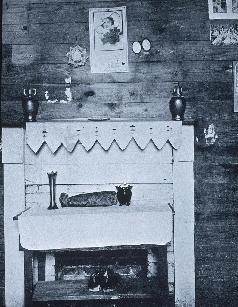
Let us now praise famous men, Interior ofBurroughs’ Home |
|
Walker EVANS1936, lonely, lots of stuff, but feel isolated |
| |

Plantation Owner and His Field Hands near Clarksdale, Mississippi |
|
Dorothea LANGE1936, white owner has powerful stance while black helpers sit in shadow, he has his back to them, posed with the car- reasserts wealth, he marks what’s his, lives off of the fruit of their labor |
| |

Migrant Mother, Nipomo, California
|
|
Dorothea LANGE1936, mom w/ 2 kids who are looking away, lines on face-weary, looks of in distance, lack of hygiene. approach: hands off, don’t tamper; show a sense of place, as a part of a surrounding; sense of time- position it in the past or present |
| |

Tractored Out, Childress County, Texas
|
|
Dorothea LANGE1938, deserted farmhouse, represents displaced farmers, machines do the work people used to do, there is no need for people anymore |
| |
|
